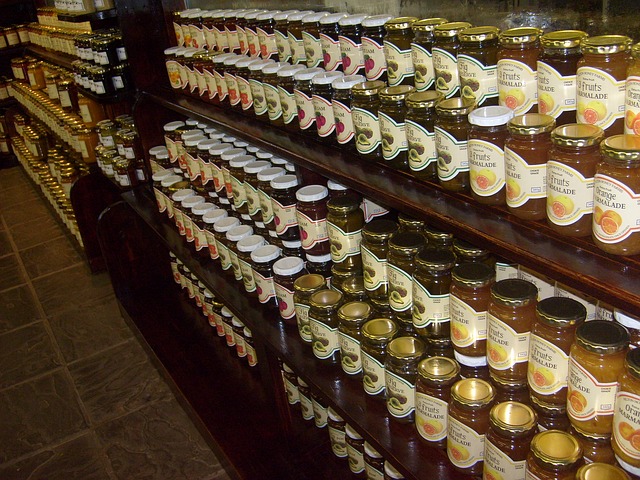The Internet is contributing significantly to the ever-decreasing number of books to be printed. First, e-books are becoming increasingly available when reading books from readers and tablets, or so-called audiobooks are becoming popular when books are loaded into audio forms. Magazines and newspapers are also not issued at the same cost as they used to be, but the supply of titles is certainly plentiful. Is this a limitation of the printing industry? Perhaps it seemed so, but the polygraph (printing industry) is a very flexible field, whose specialists can flexibly respond to the needs of the target user.
The Trend is package design
Previously, books, magazines and newspapers were the mainstays of the printing industry, but today the focus is also on package design. This is probably a bit alarming, and it only highlights the concerns of those who feel we live in an overly consumerist society. Let\’s put morality aside and focus on printing technology. This is a completely different technique.
Books, newspapers, and magazines are usually printed using offset printing technology. However, this technology does not apply to packaging technology.
Flexo printing
Package design mainly uses flexo printing technology, or printing from height. This technology has improved significantly in recent decades. But it is not just a different technique, but the preparation of a completely different pre-press. Flexography is much more difficult to prepare.
Flexographic printing is used for printing plastic films, paper, cardboard and cardboard. The printed form is represented by a flexible plate. The plates are produced by the photopolymer process. The plate itself is glued to the printing cylinder and printed from it. Similar to offset, CMYK is used, but much more than offset technology, direct colors are also used. With flexo printing, you can print up to 8 colors.
